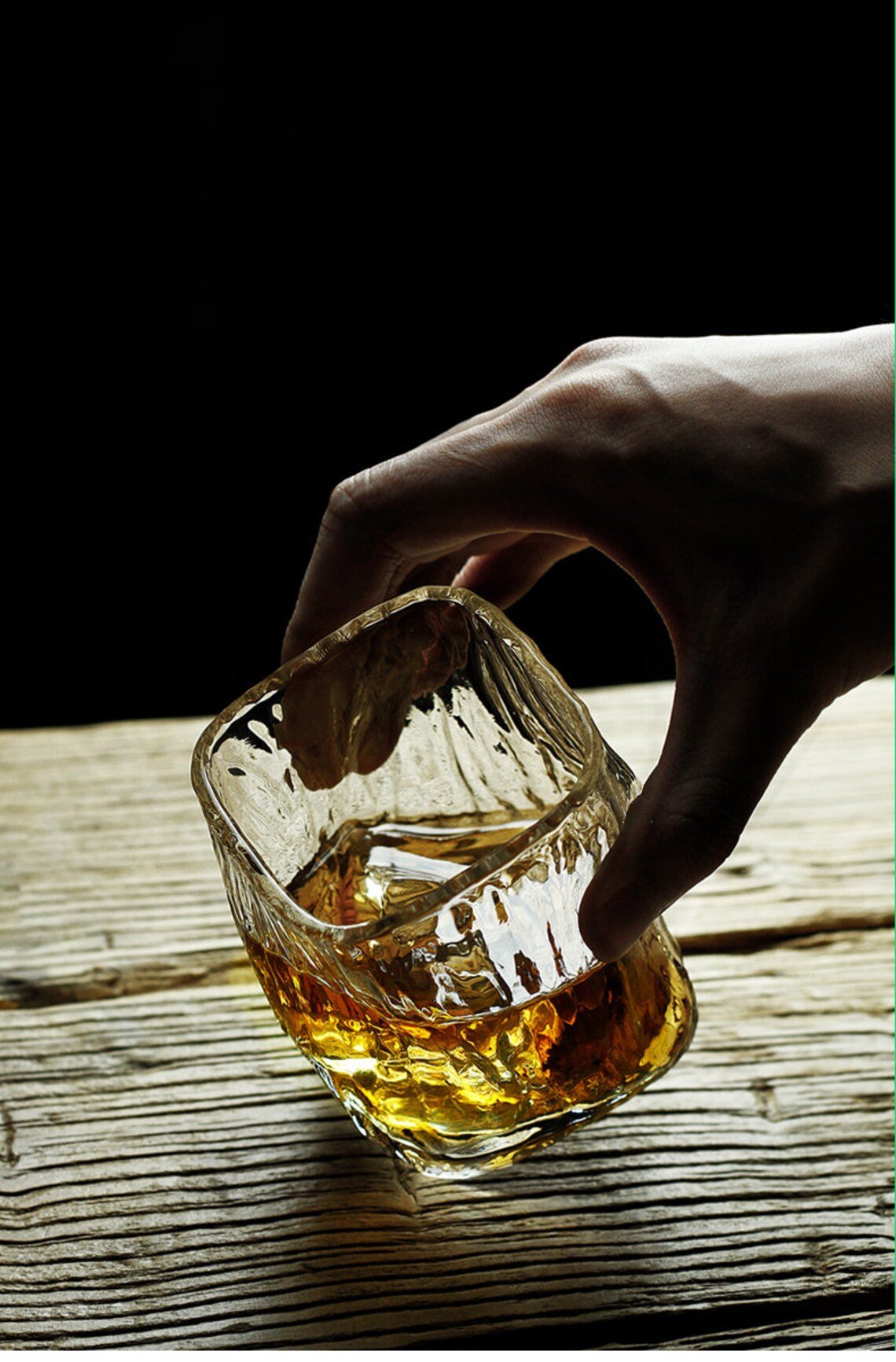
Nikka added column stills to supplement their range of different pot stills in 1964, Suntory followed in 1973. In the past 10 years Japanese whisky has rebounded, driven by the highball cocktail Japan’s economic boom of the 1960s saw Suntory and Nikka ramp-up production. In a landmark 1908 Tokyo court case on the infringement of registered foreign trademarks, the British distillers lost the appeal when the judge ruled the labels looked sufficiently different. Japanese distillers then started naming their locally made whiskies after imported brands: House of Commons, Black & White, Glenlivet, even Queen George. After the 1902 Anglo-Japanese Alliance, trade prospered, and Emperor Meiji granted Buchanan’s Scotch purveyor to the Imperial court. In the late 19th century Scotch imports lagged behind America.

It was one of these imitation whiskies that ended Workman’s comic opera career. Many of these whiskies were distilled from koji rice and flavoured to taste like ersatz whisky. By the 1890s sake breweries and sochu distilleries were producing what became known as Osaka whisky. While the Japanese prosecuted the first product standards on imported whiskies, there was another criterion for their domestic whisky.

Forty years later his son, President William Howard Taft made a similar ruling between straight and blended whisky establishing America’s product legal definition on what is whisky. Judge Alphonso Taft of the Superior Court of Cincinnati found in favour of the Japanese plaintiff making this the first ruling on whisky’s quality and product identity. Fifteen years after the Japanese first tasted whisky they filed a US Federal court case against a Cincinnati wholesaler for supplying them fake whisky, which they alleged was a blend of rectified grain spirit, not ‘pure rye whiskey’.

In the cargo was a 100 gallons of American whiskey and a 42-gallon barrel destined as a gift for the Emperor. Japan’s affair with whisky began in February 1854, when USNS Commander Perry arrived with gunboats to trade with Japan. Japan has a fascinating, sometimes perplexing role in the modern whisky industry. It was the same year Japan’s first malt whisky distillery started construction – Shinjiro Torii’s Yamazaki Distillery between Kyoto and Osaka. Within two days he was dead from alcohol poisoning. Visiting Tokyo in 1923, Charles Workman, a Gilbert & Sullivan opera singer drank two glasses of Japanese whisky.


 0 kommentar(er)
0 kommentar(er)
